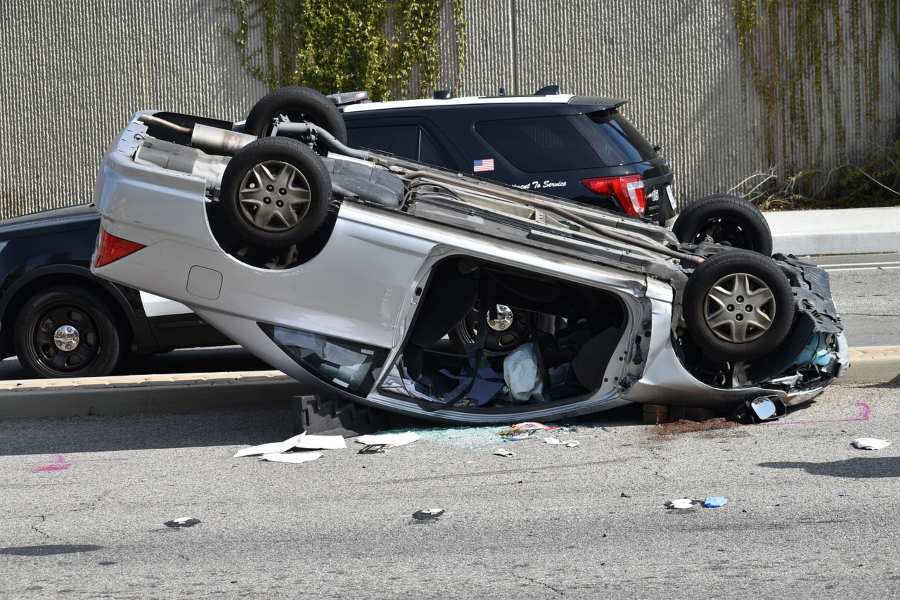Road wrecks can result in both minor bruises and severe life-changing conditions. It is important for victims and their families to understand these as they undergo medical treatment and pursue legal claims. Each condition demands specific attention and the severity can affect long-term recovery plans. An understanding not only helps individuals cope with the consequences but also prepares them for immediate effects on their daily lifestyle.
Soft Tissue Damage
These may seem insignificant initially but can cause long-lasting pain and discomfort if not appropriately addressed. They often include sprains, strains, and contusions, which usually stem from sudden jerking or impact during a collision. The severity of these also varies greatly. Some individuals recover in just a few days, while others endure chronic problems lasting for months or more. Successful treatment typically includes rest, physical therapy sessions, and sometimes pain management techniques. A combination frequently facilitates recovery and prevents further issues.
Bone Fractures
These can differ significantly in complexity and recovery duration. While simple cracks may heal within a few weeks, compound fractures (where the bone protrudes through the skin) often necessitate surgery and extended rehabilitation periods. The location is also crucial to restoration. For example, a broken femur impacts mobility more than a fractured wrist. Assessing the type and severity enables medical professionals to devise suitable treatment plans. This can also help them offer patients realistic expectations about their healing timeline.
Head Injuries
TBIs are one of the major steering wheel injuries. They can significantly impact an individual’s cognitive and physical well-being. Headaches, confusion, memory loss, and personality changes might arise immediately or evolve slowly as time passes. Managing this condition often requires a comprehensive care plan. A solid approach usually involves neurologists, psychologists, and occupational therapists. These professionals partner to effectively address challenges and guarantee smooth recovery.
Spinal Cord Damage
This condition is especially severe and frequently leads to lasting alterations in bodily function. Major injuries can also cause partial or total paralysis, necessitating adjustments with new limitations. Rehabilitation is also rigorous and continuous. It aims to enhance the patient’s independence and quality of life. Overall, the entire process often involves modifying living spaces for accessibility and using technology to aid everyday tasks.
Internal Wounds
Damage to organs or inward bleeding is super hazardous. Signs like pain, dizziness, or unexpected bruising can indicate deep-seated trauma that necessitates prompt medical examination. Treating these often requires surgery and possibly a lengthy hospital stay. Failure to do so may lead to severe complications or even death.
Psychological Trauma
Experiencing a vehicle crash can lead to PTSD, depression, or an ongoing fear of driving. These mental health impacts are just as significant as physical injuries and need appropriate interventions. Therapy, counseling, and sometimes medication play essential roles in helping survivors manage emotional after-effects. Recognizing and addressing these is also vital for comprehensive recovery.
Facial and Dental Injuries
These damages extend beyond cosmetic concerns, potentially impacting a person’s ability to speak, eat, and breathe effectively. Treatments can vary from simple dental procedures to complex reconstructive surgeries. Additionally, alterations in appearance can influence self-esteem and social relationships. A holistic care plan is critical for not just physical recovery but also emotional well-being.
Endnote
Insight into the various kinds of crash injuries not only backs victims through the healing process but also emphasizes the necessity of thorough care. Acknowledging suffering further channels effective support systems. This means both lower fatalities and improved mental health.


